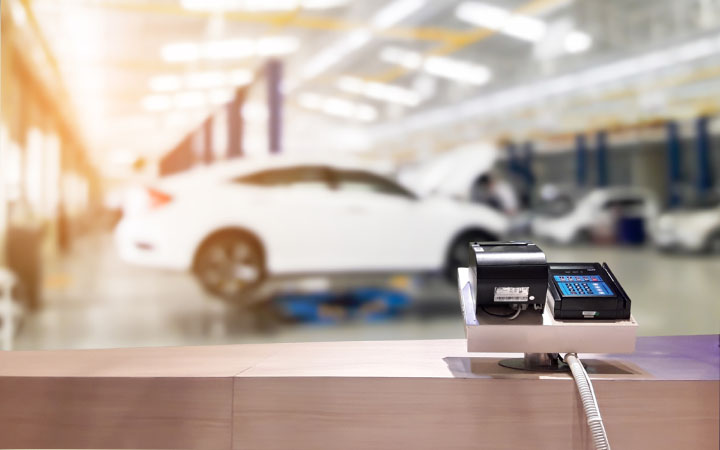Ever had a nice, productive month, generating a nice profit, only to look in your bank account and not have enough to pay the bills?
You’re not alone. It’s actually a really common problem in independent workshops.
The problem is net profit and cash in the bank are two different things.
While your profit on paper shows the performance of your business over time (and might show things are healthy), you can’t pay your bills with it. In order to pay bills, you have to physically get the money into your bank account.
In other words, you need to improve your cash flow. Here are seven tips to help any automotive workshop owner or manager do just that.
1. Know how the customer plans to pay, before you do the work
When the customer drops their vehicle off in the morning, ask them how they’ll be paying for the repair. Cash or debit/credit card is ideal.
If you’re still extending lines of credit to customers, it’s probably time to stop. If credit must be granted (perhaps understandable in rural communities) then you should have a stringent credit application process, similar to a credit card application. That demonstrates you’re serious about being paid on time.
2. Have customer invoices ready to go at collection
Always have invoices ready prior to customer collection. Not having them ready is often a reason customers acquire credit when they don’t really need it.
3. Collect outstanding money as part of your weekly routine
Collecting outstanding money needs to be a routine done each week, not something you do when the bank account is getting low. If you have a team, make it part of someone’s job.
4. Lift productivity and reduce overtime
How productive are your technicians? If they’re really only working about 60 per cent (this is all too common), then why are you paying them overtime? If you have a cash flow issue, overtime should only be allowed in special circumstances.
A workshop’s profitability is generated by the output of its mechanics and technicians (mark-ups on parts should just be the cream on the top). Encourage staff to be more productive in the time they have. Overtime is a reward.
5. Stop diagnosing people’s problems for free
Do you often spend time diagnosing a customer’s vehicle and then they don’t give you the work? It’s unbelievably common – and over the course of a year it can add up to quite a cost.
If you must, spend five or ten minutes looking at the customer’s car for free, but then make it clear that the car must be booked in for a diagnostic inspection which will include XX and cost $XX. If they won’t commit, it proves that all they wanted was a free resolution for their problem.
Also, follow-up quotes and estimates are a gentle prod and can sometimes get things moving.
6. Improve your sales skills
The main reason some workshops have an average sale value of $300 and others have $600 is all about sales skills. Be meticulous in reporting everything that needs repairing or servicing, then sell those recommendations. If you do this diligently, sales can be increased without having to increase the number of cars booked in each day.
7. Send out service reminders
Remember, it’s five times cheaper to get an existing customer to return than to advertise and win a new one. If things are quiet and cash flow is tight, communicate with your database. It has been proven time and again that service reminders really do work.


